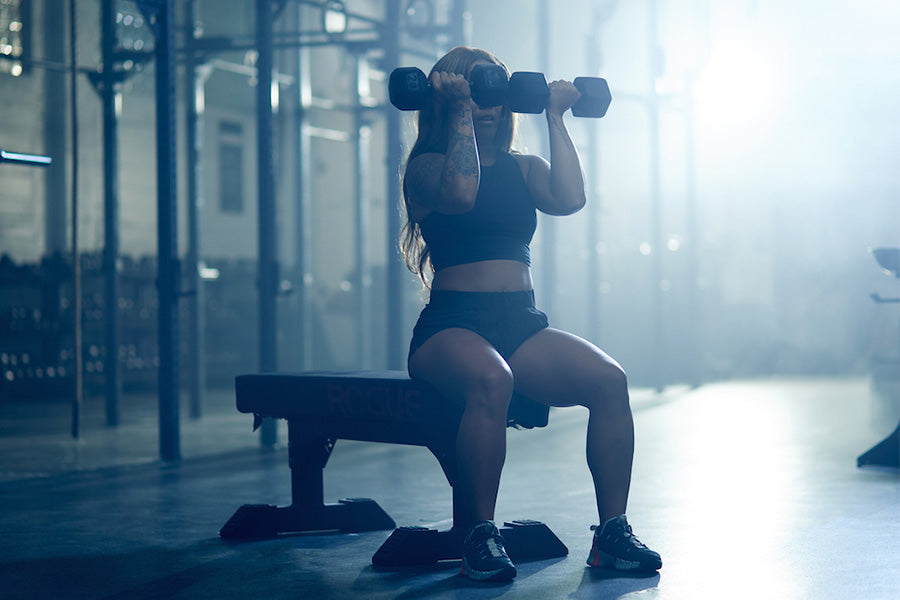|
Exercise Description |
|
|
Main Target Muscles |
Shoulders |
|
Secondary Target Muscles |
Traps, Triceps |
|
Force Type |
Push |
|
Workout Type |
Strength Training |
|
Gym Gear |
Dumbbell |
|
Fitness Level |
Intermediate |
|
Compound/Isolated |
Compound |
Target Muscles: Glutes and Quads

Lateral Jumps Overview
This exercise is a famous variation of the seated dumbbell press, strengthening your shoulder muscles.
It is also called seated Arnold press and is named after Arnold Schwarzenegger. This exercise targets the heads of deltoids, making them stronger.
Because of the long period under strain, the exercise is excellent for people seeking aesthetic advantages. Still, you can also practice it as an accessory activity for those wanting to gain strength.
How to Do It?
- Experiment with different toe angles to determine what feels best for you.
- Drive through the whole foot, aiming for three points of contact: the big toe, the small toe, and the heel.
- Some forward translation of the knees over the toes is acceptable as long as the knees do not deviate inward or outward significantly. If they wish to stay upright, those with longer femurs will have to allow their knees to come forward more.
- Neck posture is also extremely personal; some people like a neutral neck position (keeping the chin tucked throughout the lift), while others prefer to stare straight ahead. Experiment with each to find which one suits your body the best.
- Don't overextend the knees, but make sure they're approximately over or slightly outside the 2nd toe.
Dumbbell Arnold Press Tips
- Maintain a flat back against the pad for the entire exercise.
- Allowing the head to lean forward considerably is not a good idea.
- Exhale as you squeeze the bicep towards the ear.
- Maintaining strain on the shoulders by leaving the elbows slightly bent at the top and without locking out completely.
- If you can't lock your elbows out overhead, it could be a sign of poor shoulder mobility caused by upward scapular rotation.









